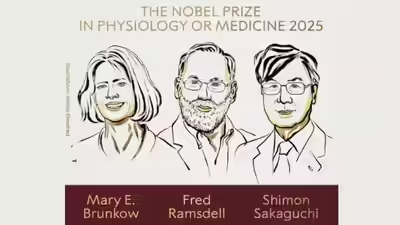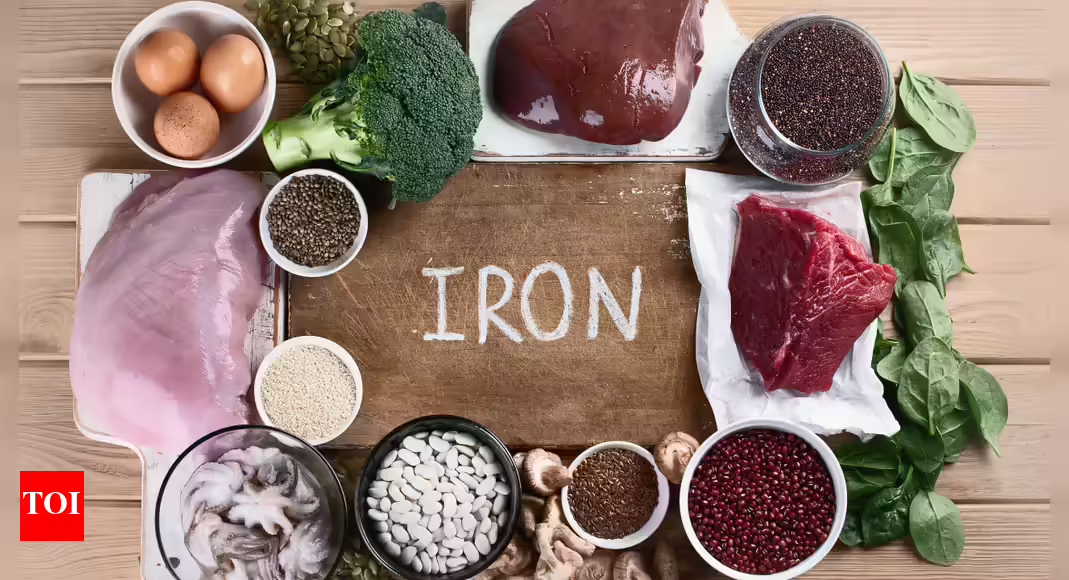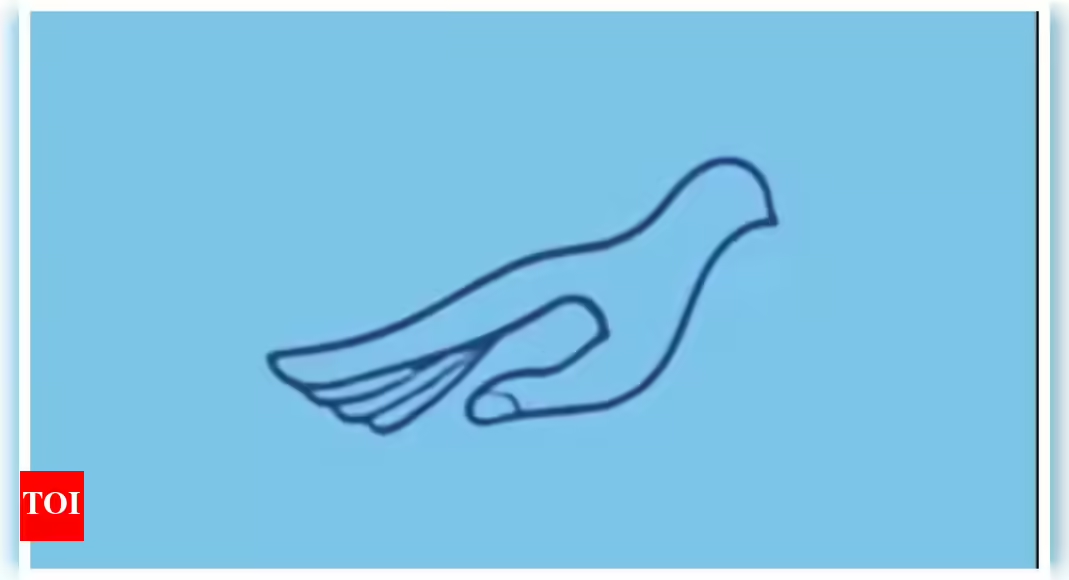The Nobel Prize is one of the most prestigious prices given in October each year to people or organizations for their outstanding contribution to their work area. The prestigious award is named after the inventor, entrepreneur and businessman Alfred Nobel, who in is Will said that his wealth would be used to reward “those who in the previous year should have awarded the biggest advantage for humanity”, as mentioned on their website. And so prices are shared annually in the areas: physics, chemistry, physiology or medicine, literature and peace.The Nobel Prize 2025 Announcements began today (October 6) and they will continue until October 13. Nobel Prize 2025 in physiology or medicine is assigned: Everything about the winnersThe Nobel Prize 2025 in winners of physiology or medicine was announced today and they are: Mary E. Brunkow, Fred Ramsdell, Shimon Sakaguchi. “2025 #nobelprize in physiology or medicine has been awarded Mary E. Brunkow, Fred Ramsdell and Shimon Sakaguchi” for their discoveries regarding peripheral immode tolerance “,” read the official tweet.Here are some more information about the winners according to the Price Website:Mary E. Brunkow was born in 1961. Her connection at the award is: Institute for Systems Biology, Seattle, Washington, USAFred Ramsdell was born on December 4, 1960 in Elmhurst, IL, USA. His connection at the award: Sonoma Biotherapeutics, San Francisco, CA, USA.Shimon Sakaguchi was born on January 19, 1951 in Nagahama, Shiga, Japan. His connection at the award: Osaka University, Osaka, JapanThe official announcement of the Nobel Prize 2025 in physiology or medicine was made by Professor Thomas Perlmann, secretary general of the Nobel Assembly, today (October 6).Why Mary E. Brunkow, Fred Ramsdell and Shimon Sakaguchi won the Nobel Prize in 2025 in physiology or medicineTo explain why Mary E. Brunkow, Fred Ramsdell and Shimon Sakaguchi were awarded the Nobel Prize this year in physiology or medicine, a statement on the official website reads: ‘The body’s powerful immune system must be regulated, or it can attack our own organs. Mary E. Brunkow, Fred Ramsdell and Shimon Sakaguchi made groundbreaking discoveries regarding peripheral immode tolerance that prevents the immune system from damaging the body. Their discoveries have laid the foundation for a new research area and driven the development of new treatments, for example for cancer and autoimmune diseases. ‘Interesting facts about Nobel Prize in physiology or medicine 1. So far, 116 Nobel Prize in physiology or medical awards has been given. 2. The youngest Nobel Prize in the winner of physiology or medicine was 31-year-old Frederick G. Banting, 1923 Laureate.3. The oldest Nobel Prize in the winner of physiology or medicine was 87 years old- Peyton Rous, 1966 Laureate.Each Nobel Prize winner receivesEach Nobel laureate is honored with a gold medal, a diploma and a cash prize. For example, in 2023, the monetary award was approximately SEK 11 million, which is over $ 1 million. The prize is often shared among up to three individuals who have contributed significantly in their field. With regard to the Nobel Peace Prize, the award can also be made to organizations that have made outstanding contributions to promoting peace and resolving conflicts. These prestigious awards recognize remarkable achievements in science, literature and humanitarian efforts all over the world.All Nobel Prize categoriesAlfred Nobes will originally specify five fields for prices, with a sixth added later. Today, Nobel Prizes are awarded in six categories:Physics – recognizes groundbreaking discoveries about nature and the universe.Chemistry – Honors exceptional performance in chemical sciences.Physiology or medicine – assigned to discoveries that improve human health and well -being.Literature – Celebrating excellent contributions to the world of letters.Peace – recognizes outstanding efforts to promote peace and resolve conflicts.Economic sciences – was introduced in 1968 by Sweden’s central bank to honor Alfred Nobel.





